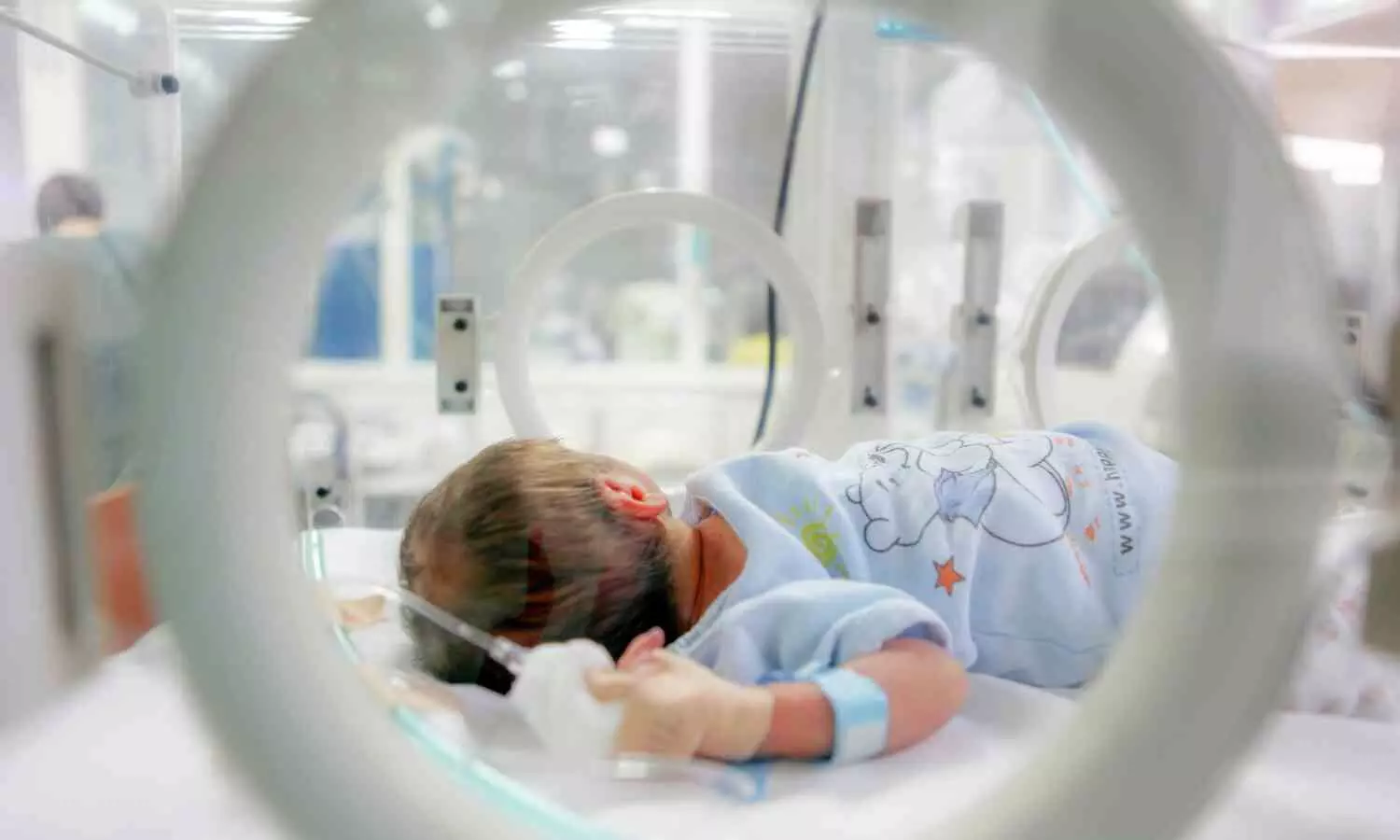Infants Under 6 Months Face Triple Risk of Hospitalization with RSV Compared to HMPV: Study Finds

USA: Researchers have found in a new study that children with RSV are over 1.5 times more likely to be hospitalized than those with HMPV, with infants under 6 months facing more than three times the risk.
The study, published in the journal Pediatrics by the American Academy of Pediatrics, was conducted by Leah A. Goldstein and colleagues from the US Centers for Disease Control and Prevention. It provides one of the most comprehensive comparisons to date between respiratory syncytial virus (RSV) and human metapneumovirus (HMPV) infections in children, two viruses that are genetically related and major causes of medically attended acute respiratory illness.
Researchers analyzed data from children under 18 years old who were enrolled between 2016 and 2020 through active, prospective surveillance at seven pediatric hospitals and emergency departments across the United States. Clinical information was collected through parent interviews and medical records, and nasal swabs were tested using molecular diagnostic assays for RSV and HMPV. The study compared demographic and clinical characteristics as well as the severity of illness associated with these infections.
In total, 5,329 hospitalized children—4,398 with RSV and 931 with HMPV—and 3,276 children seen in emergency departments—2,371 with RSV and 905 with HMPV—were included in the analysis.
The following were the key findings of the study:
- The median age of children hospitalized with RSV was significantly lower than that of those with HMPV (7 months versus 16 months), indicating RSV disproportionately affects younger infants, particularly those under six months of age.
- Children who visited the emergency department with RSV-related illness were 68% more likely to require hospitalization compared to those with HMPV (adjusted odds ratio [aOR] 1.68).
- Among infants younger than six months, the risk was markedly higher, with these infants being more than three times as likely to be hospitalized if they had RSV (aOR 3.27).
- Underlying medical conditions were more than twice as common among infants hospitalized with HMPV (26%) compared with those hospitalized with RSV (11%), suggesting HMPV may pose a greater risk to children with preexisting health issues, while RSV tends to cause severe illness even in otherwise healthy infants.
The authors concluded that although RSV and HMPV both cause significant respiratory illness in children, they affect different age groups and populations. RSV tends to strike younger infants more severely, while HMPV hospitalizations are more frequent among children with underlying conditions.
The study highlights the importance of understanding these patterns as new preventive measures for both viruses, such as vaccines and monoclonal antibodies, become available. Ongoing surveillance will be essential to track these infections and guide future prevention strategies.
Reference:
Leah A. Goldstein, Marian G. Michaels, Abigail Salthouse, Ariana P. Toepfer, Samar Musa, Robert W. Hickey, Monika Johnson, Anna F. Wang-Erickson, Geoffrey A. Weinberg, Peter G. Szilagyi, Elizabeth P. Schlaudecker, Mary A. Staat, Leila C. Sahni, Julie A. Boom, Eileen J. Klein, Janet A. Englund, Jennifer E. Schuster, Rangaraj Selvarangan, Christopher J. Harrison, Natasha B. Halasa, Laura S. Stewart, Fatimah S. Dawood, Heidi L. Moline, John V. Williams; Human Metapneumovirus and Respiratory Syncytial Virus in Children: A Comparative Analysis. Pediatrics 2025; e2024070218. 10.1542/peds.2024-070218
Facebook Comments



